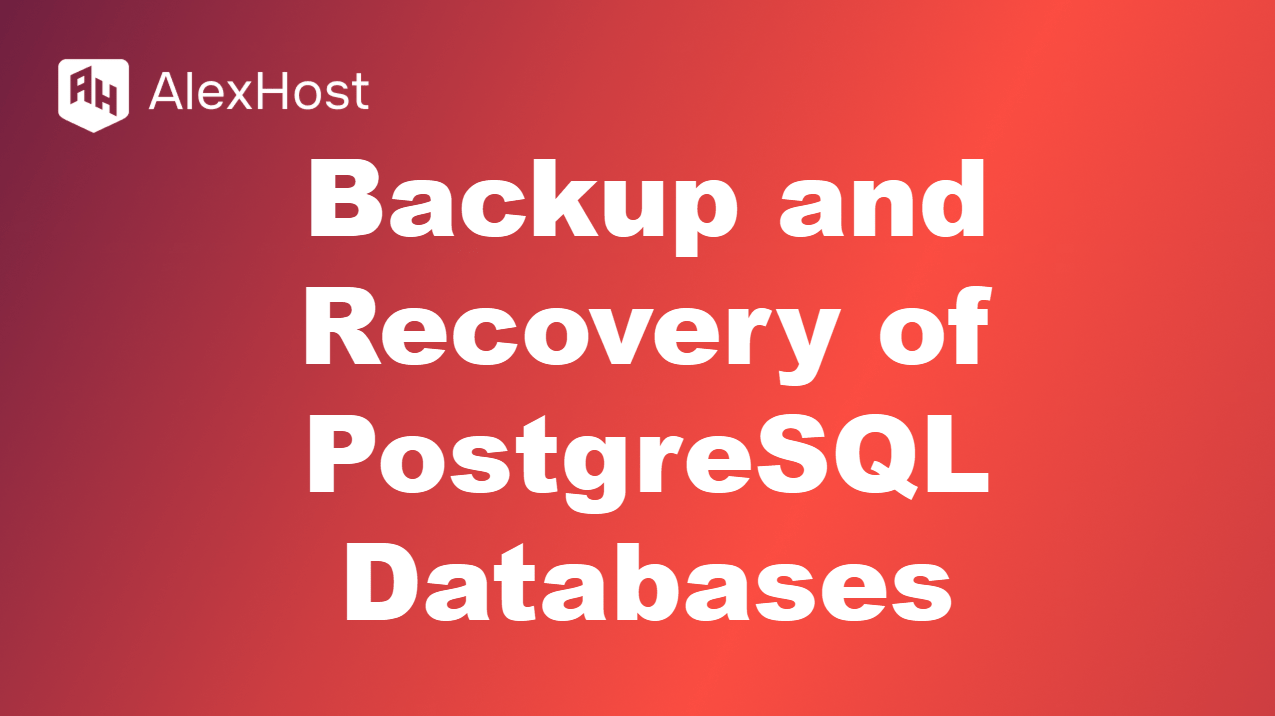Secure Your Website on AlexHost: Check for Viruses and Malware Why secure your site with AlexHost? AlexHost’s Dedicated Servers provide top-tier performance, root access, and DDoS protection, creating a fortress for your website. This guide explains how to check your site for viruses and malware, ensuring data integrity and user trust on your AlexHost-hosted platform. […]
Read MoreGraphQL on AlexHost: Power Your APIs with Precision Why GraphQL on a Dedicated Server? GraphQL is the API rockstar that lets you fetch just the data you need—no fluff, no fuss. Paired with AlexHost’s dedicated servers, you get blazing speed, full control, and ironclad security to run complex queries or real-time apps like a champ. […]
Read MoreSecure Your AlexHost Site with SSL Public and Private Keys Why use SSL on AlexHost? SSL’s public and private keys encrypt web traffic, ensuring secure client-server communication. AlexHost’s NVMe-powered VPS and dedicated servers, with root access and DDoS protection, make deploying and managing SSL certificates seamless for WordPress, APIs, or custom apps. This guide explains […]
Read MoreSecure Your Domain with DNSSEC on AlexHost VPS Why use DNSSEC on AlexHost? DNSSEC adds cryptographic security to DNS, preventing attacks like cache poisoning. AlexHost’s VPS with NVMe storage, root access, and DDoS protection ensures fast, secure DNS operations. This guide covers DNSSEC’s functionality, benefits, and setup on AlexHost. 1. Understanding DNS and Its Vulnerabilities […]
Read MoreDeploy Redis on AlexHost VPS for High-Performance Applications Why use Redis on AlexHost? Redis delivers blazing-fast, in-memory data processing, perfect for caching, real-time analytics, and more. AlexHost’s VPS with NVMe SSD storage, full root access, and DDoS protection provides a robust, scalable environment to run Redis efficiently. This guide covers Redis’s features, use cases, and […]
Read MoreAcquiring a domain name is the first step in establishing an online presence for your business, blog, or personal website. Buying a domain through a domain store is a straightforward process that involves several key steps. This guide will walk you through the process of purchasing a domain name. 1. Choosing a Domain Name Before […]
Read MoreOptimizing your Minecraft server can significantly enhance gameplay experiences for you and your players by reducing lag, improving performance, and ensuring a smoother environment. This guide will walk you through various methods and best practices for optimizing your Minecraft server. 1. Understanding the Server Environment Before diving into optimization, it’s essential to understand the type […]
Read MoreMonitoring and managing DNS records is crucial for maintaining a reliable and accessible website. An online DNS record check allows you to verify the current settings and troubleshoot any issues related to your domain’s DNS configuration. This guide will explain how to perform an online DNS record check and the various types of records you […]
Read MoreSecure PostgreSQL Backups on AlexHost Dedicated Servers Why back up PostgreSQL on AlexHost? Data loss can cripple any project, but AlexHost’s dedicated servers—with blazing-fast NVMe storage, full root access, and DDoS protection—offer a rock-solid foundation for hosting and securing PostgreSQL databases. Whether you’re running a WordPress site, an e-commerce platform, or a custom app, this […]
Read MorePHP Composer is a dependency manager for PHP that simplifies the management of libraries and packages in your PHP projects. Installing Composer on a virtual hosting environment can help streamline your development process. This guide will walk you through the steps to install PHP Composer on a virtual hosting server. 1. Prerequisites Before you begin, […]
Read More
















